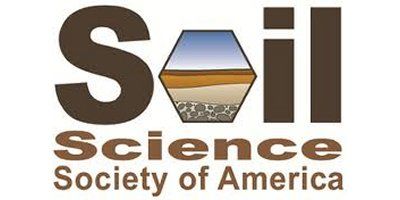

Soil Science Society of America (SSSA)
- Home
- Companies
- Soil Science Society of America (SSSA)
- Articles
- Soybean response to inoculation and ...
Soybean response to inoculation and nitrogen application following long-term grass pasture
Jun. 27, 2009- By: Dorivar A. Ruiz Diaz, Palle Pedersen and John E. Sawyer
Courtesy ofSoil Science Society of America (SSSA)
Current demand for soybean grain [Glycine max (L.) Merrill] may lead to a conversion of pasture and Conservation Reserve Program fields into soybean or corn (Zea mays L.) production. Our objective was to determine the effect of soybean seed inoculation with Bradyrhizobium spp. and fertilizer N application rate on soybean productivity planted 1 and 2 yr after conversion to row crop production. Soybean followed the pasture the first year and followed an intervening corn crop the second year. Treatments consisted of a factorial arrangement of seed inoculation and fertilizer N rate. Application of rhizobia inoculum significantly increased soybean grain yield by an average of 130 kg ha–1. Plant dry matter (DM), N concentration, N accumulation, and grain N were also increased with soybean seed inoculation; however, seed quality was not affected. Fertilizer N application increased plant DM but did not increase grain yield, with or without inoculation. Furthermore, N fertilizer did not increase plant N or improve seed quality. Results from this study indicate that growers should inoculate soybean seed when planted after long-term grass pasture. Application of N fertilizer is not suggested even if no rhizobia seed inoculation is used because fertilizer N did not improve grain yield.
Most popular related searches
